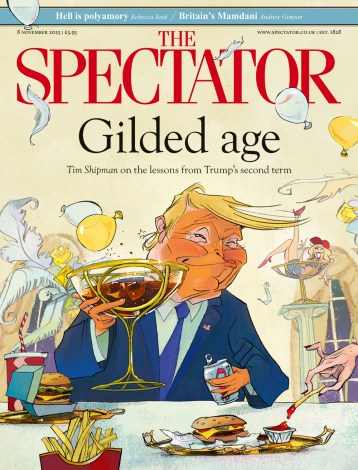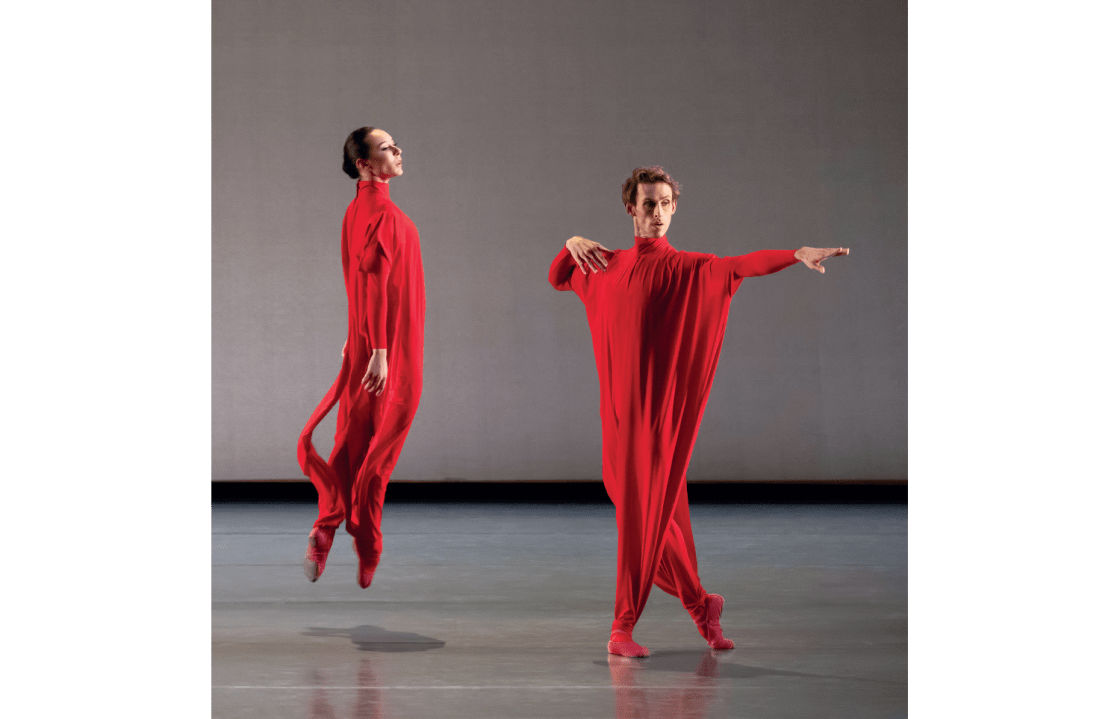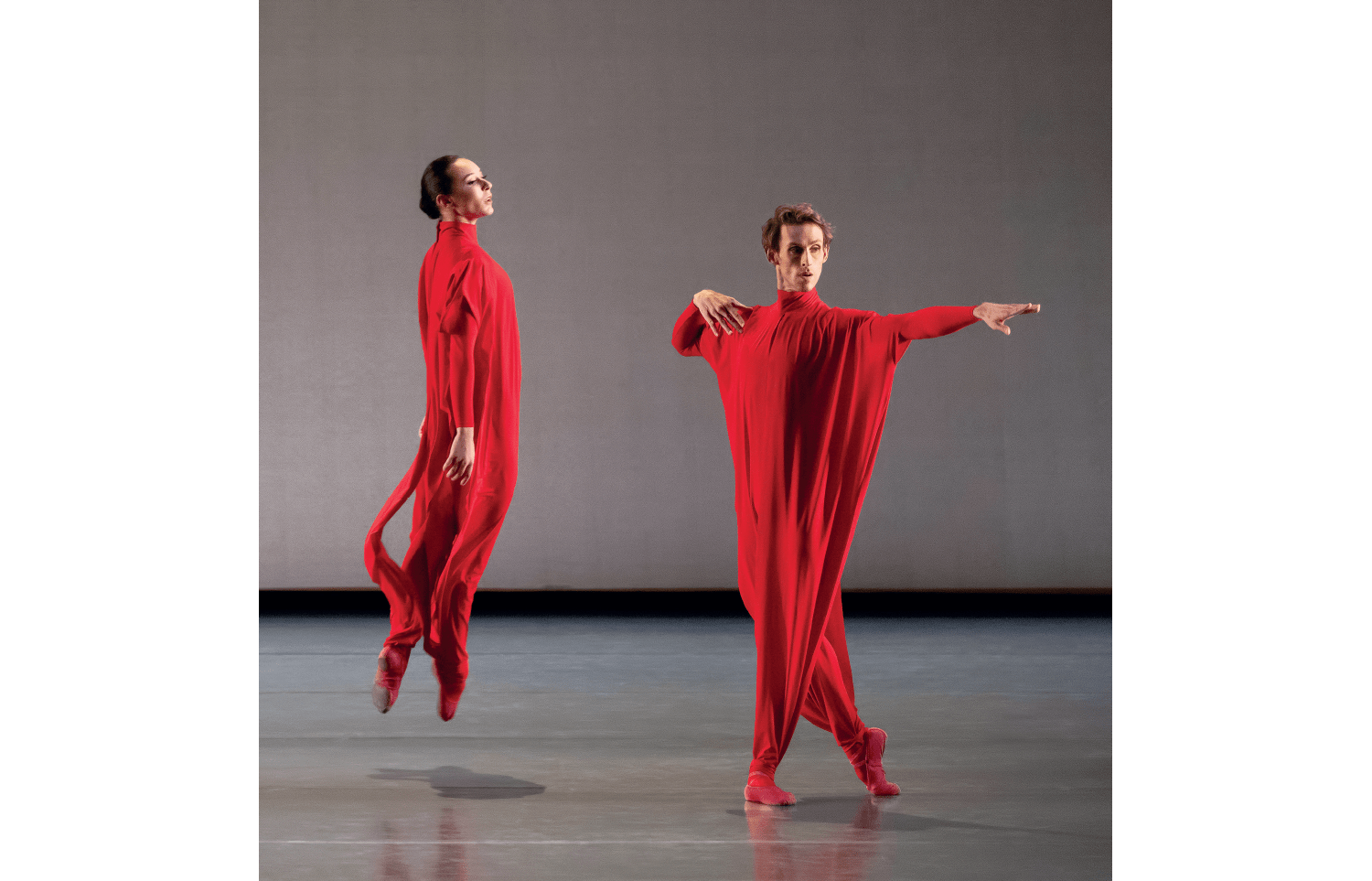It’s been 16 years since New York City Ballet appeared in London, and its too-brief visit to Sadler’s Wells offered a welcome chance to encounter a previously unseen range of repertory and personnel. Perhaps the company can never be what it was when I first saw it as a youngster – its founder George Balanchine still in charge, the likes of Suzanne Farrell and Edward Villella in their prime – but one cannot live off misty memories and what has emerged now certainly has living, evolving force.
Yet the evening’s highlight for me had to be its ‘heritage’ element – the exquisite performance by Megan Fairchild and Anthony Huxley of Balanchine’s mysteriously beautiful miniature Duo Concertant from 1972. Two dancers stand behind a pianist and violinist playing a suite by Stravinsky. They scarcely move at first: they are listeners, waiting for the spirit to descend. And when it does, they seem to be friends wittily improvising rather than lovers absorbed in a romantic pas de deux. Then for the final section Balanchine springs a complete emotional volte-face – the stage suddenly plunged into darkness, the dancers left in intense spotlit isolation, their disembodied hands reaching across the void in an attempt to find something irretrievably lost or yearned for. The effect is electrifying and strangely moving.
One couldn’t help wondering if some terrible backstage row had discombobulated the dancer
Of the three new pieces, by far the most impressive was Pam Tanowitz’s austerely elegant Gustave le Gray No. 1, in which four priestly figures in voluminous scarlet robes seem to take control of the music to the point of comically propelling the piano and pianist across the stage. This may sound banal, but Tanowitz’s choreographic imagination is inexhaustibly inventive and her intentions are subtle. Justin Peck’s Rotunda was a pleasant but unremarkable opener that puts a lively band of dancers in leisurewear through some gymnastic paces. The delicious leggy blonde Miriam Miller was enchanting in her solo, but there was nothing much else to take away from it. I was even less engaged by Kyle Abraham’s trendy Love Letter (on shuffle), with its super-cool score by James Blake and fanciful costumes by Giles Deacon – altogether chic and gimmicky in ways that I feel Balanchine would have deplored.
In his bracingly candid memoirs Peter Wright, past master of staging classical ballets, confesses to finding The Sleeping Beauty an impossible challenge: the drama is paper-thin, he laments, and encumbered with too many incidental dances, mime sequences and two-dimensional characters, despite Tchaikovsky’s marvellous score and the many glories of Petipa’s choreography. Wright’s production for Birmingham Royal Ballet, first seen in 1984 and now revived for its spring tour, feels hamstrung by these shortcomings – but, just for a start, couldn’t he have raised the temperature by making something more meaningful of the war between Carabosse and the Lilac Fairy?
More dash and energy in the execution would also have helped. The principals on the night I went were pallid. Cesar Morales, formerly the company’s finest male dancer by a country mile, chose the vacuous role of Prince Florimund with which to conclude his 15-year stunt in Brum (he’s returning to his native Chile, where he will lead the Ballet de Santiago). Alas, for what should have been an emotional farewell, he phoned in such a lamely disengaged performance that one couldn’t help wondering if some terrible backstage row or tragedy had discombobulated him.
His Aurora, Miki Mizutani, was sweetly neat and pretty, nothing more, and neither Daria Stanciulescu’s Carabosse nor Eilis Small’s Lilac Fairy struck any sparks. Riku Ito struggled with the Bluebird’s aerial footwork, and the corps needed a stern lesson in courtly etiquette and deportment. The variations in the prologue were nicely done, however, and I enjoyed a vivacious pas de quatre that Wright has devised for the wedding festivities. But the production’s greatest strengths are Philip Prowse’s sets and costumes – gorgeous fantasies redolent of the mirrored baroque palaces and gilded excesses of Louis Quatorze.







Comments